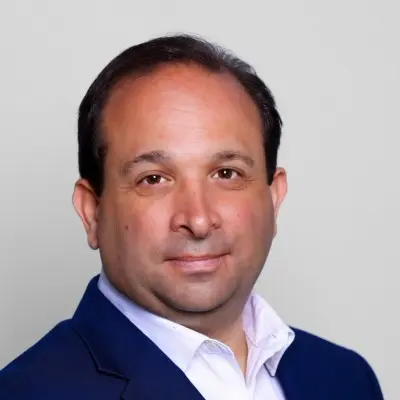ANALYSIS: European single stock options would benefit from interoperability – Cboe
16th June, 2025|Radi Khasawneh

The European single stock options market needs to tackle its fragmented structure, with cross-platform trading a potential catalyst for increased adoption, according to Cboe Global Markets.
In a whitepaper on Europe’s listed derivatives market published on Monday, Cboe said measures to tackle fragmented market structure would help address the adoption gap that exists between Europe and the booming US options industry.
“Unlike equities, single stock options in Europe are not fungible across exchanges or clearing houses,” the report said. “This means that a single stock option position cannot be opened on one exchange and closed on a separate exchange, or vice versa, even though the underlying stock is the same.
“This fragmented structure for products that are effectively identical complicates liquidity provision and market efficiency and impacts the ability to create to create pan-European pools of liquidity in single stock options. This lack of interoperability across exchanges contracts with the system of the US where equity derivatives exchanges operate within an integrated framework that allows for greater ease of cross-platform trading.”
Popular European products such as contracts for difference (CFDs), warrants and structured products are traded over-the-counter (OTC) and, therefore, lack transparency compared to listed derivatives, according to Cboe’s head of European derivatives.
“Because of the fragmentation, we are struggling at times in Europe to provide an effective and efficient solution to newcomers that might be wanting to expand in the region as well,” Iouri Saroukhanov (pictured), who heads up the Cboe Europe Derivatives exchange (CEDX), told FOW. “We really think there is an opportunity to increase European levels of retail participation in options, and narrow the gap with the US.
“In order to do that, we have to give participants the transparency and security of information flow that they haven’t been able to get through Europe's opaque OTC derivatives markets.”
Speaking on a podcast by Cboe last month, a senior policy advisor for market structure at trade body FIA European Principal Traders Association (EPTA) said exchange-traded markets can also help firms satisfy best execution requirements.
“Having liquidity aggregated on a transparent multi-lateral market like an exchange also enables clear best execution comparisons,” Lara Shevchenko said. “So when trading options on a public market, investors can see how their trades performed compared to the rest of the market which builds confidence and also supports informed decision making.”
Cboe's Amsterdam-based equity derivatives venue CEDX traded last month 10,411 contracts, according to FOW data, nearly five times the volume traded in the same month last year.
In the paper, Cboe suggests policymakers revamp suitability tests, product intervention measures and disclosure rules.
“We do believe these issues are addressable, but it will take the industry as a whole to address it,” Saroukhanov said. “So you wouldn’t be able to do that with just retail brokers or exchanges in isolation. We all need to work together with the goal of enhancing the European derivatives market.”
The Chicago-based group believes the introduction of open access requirements could help address the fragmentation issue.
“Short of larger market structure reforms, we encourage policymakers to consider near-term and smaller scale reforms – such as encouraging cross-margin agreements between EU central counterparties clearing derivatives,” the paper said. “In the US, cross margin agreements between CME Clearing and the Options Clearing Corporation help reduce margin burdens for certain markets participants and similar arrangements in the EU could be explored to improve market efficiency.”
Shevchenko agreed post-trade efficiencies could be unlocked through cross-platform recognition.
“From a market structure perspective, we are focussed on reducing market fragmentation – particularly on the post-trade side with respect to clearing and settlement,” she added. “This is with the aim of growing the liquidity pool, improving efficiency and reducing costs for investors. One of the means of achieving this would be facilitation of full open access in EU listed derivatives clearing.”


